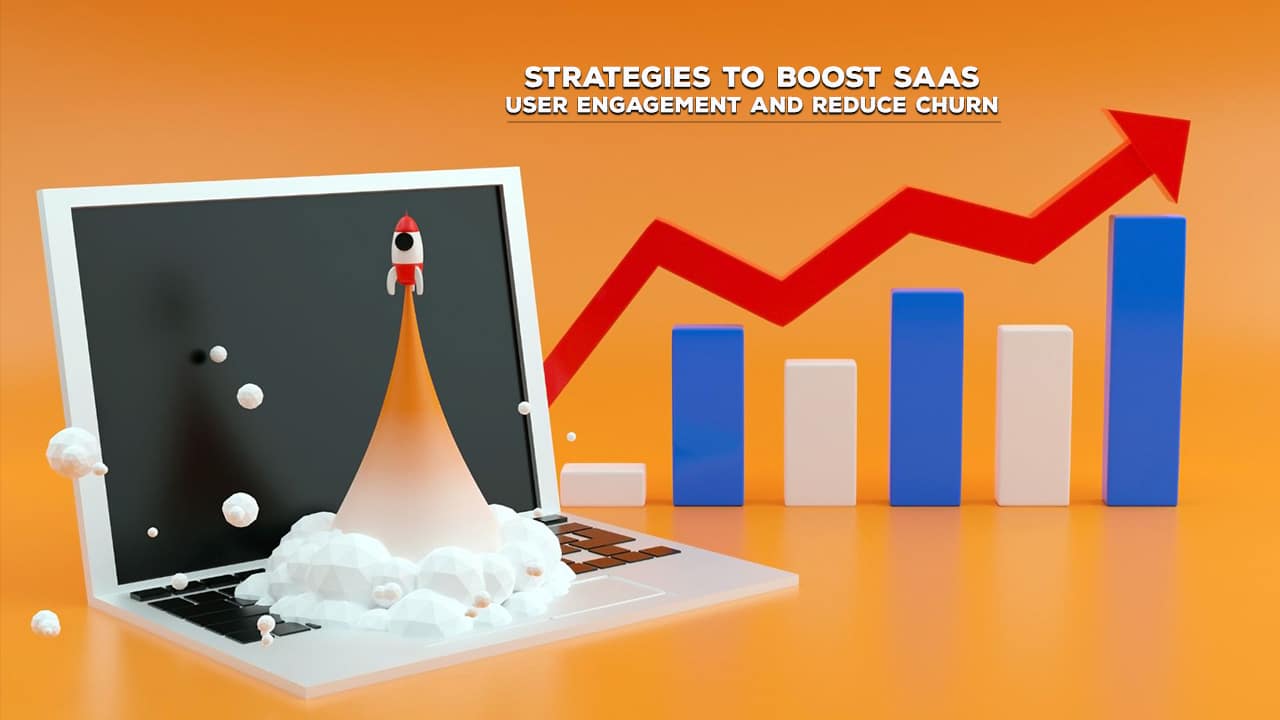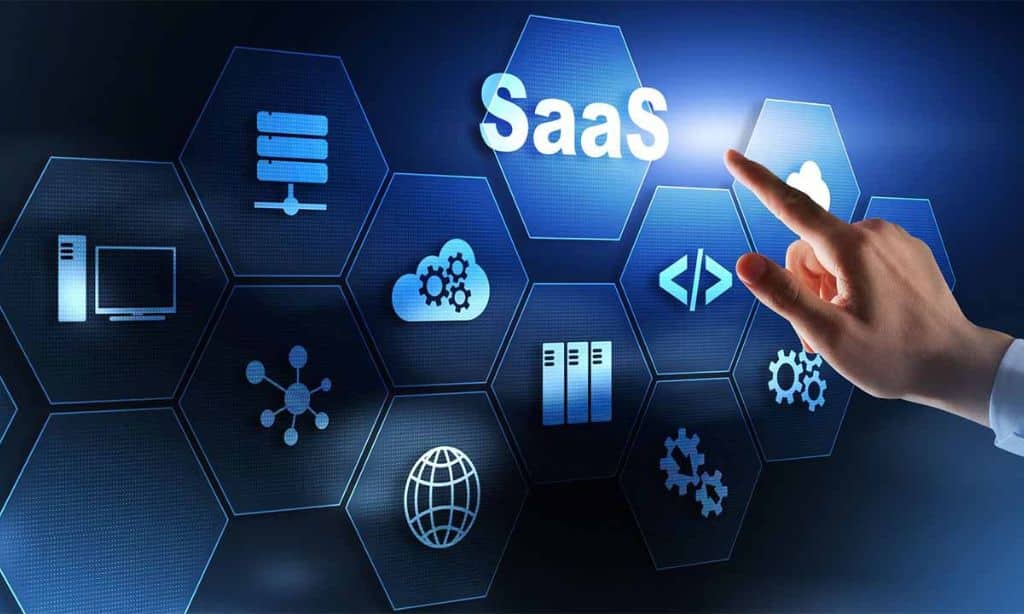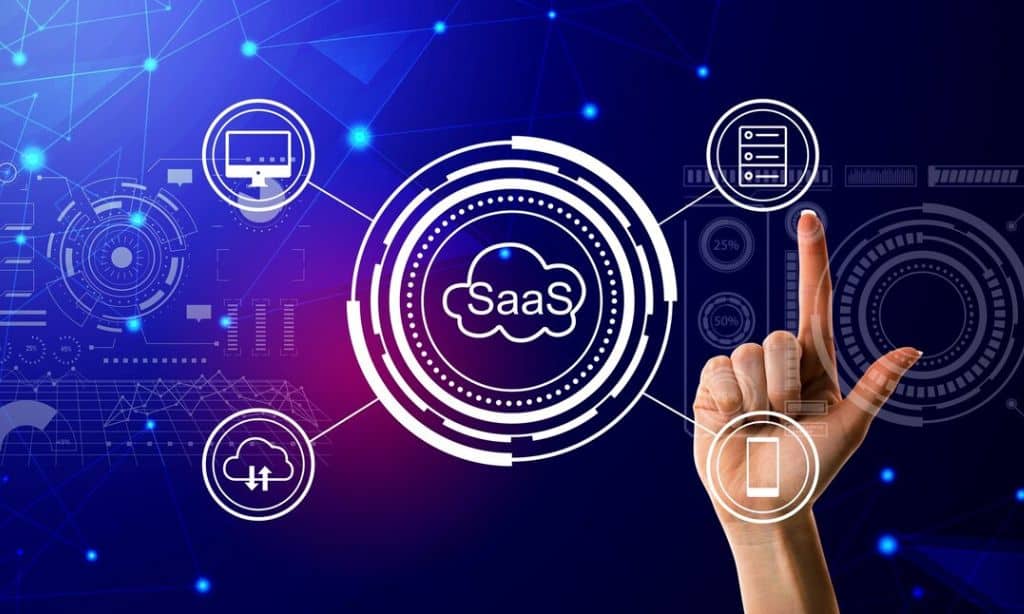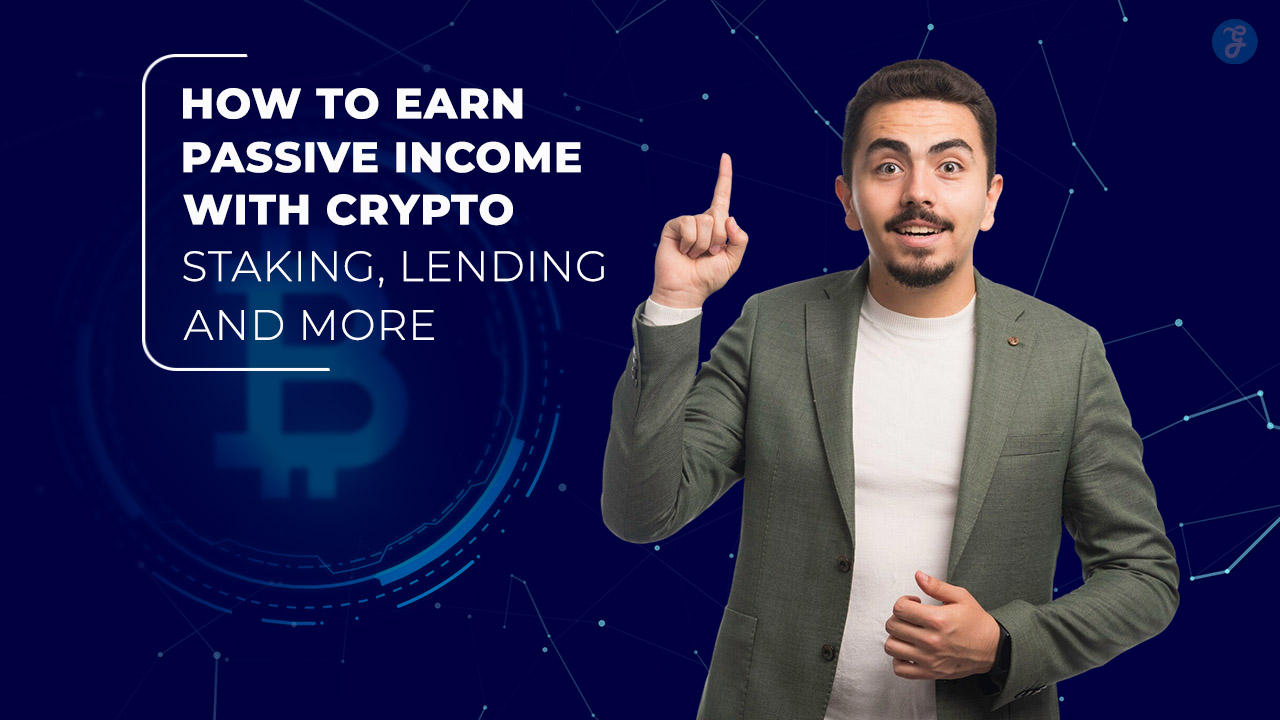SaaS companies face a constant challenge: keeping users active and preventing them from leaving. User engagement directly impacts customer retention, which in turn affects a company’s growth and profitability. According to a study by Bain & Company, increasing customer retention rates by just 5% can boost profits by 25% to 95%.
This article delves into 12 proven strategies that SaaS businesses can implement to boost user engagement and reduce churn. By focusing on these areas, companies can create stronger relationships with their customers, increase user satisfaction, and ultimately drive long-term success.
1. Streamline the Onboarding Process
The onboarding process is your SaaS product’s first impression, and as the saying goes, you never get a second chance to make a first impression. A smooth, intuitive onboarding experience can be the difference between a lifelong customer and a one-time user.
Key tactics to enhance your onboarding:
- Create interactive tutorials: Don’t just tell users how to use your product—show them. Interactive walkthroughs can increase feature adoption by up to 40%.
- Offer guided tours of key features: Highlight your product’s main selling points and how they solve the user’s specific problems.
- Use progress bars: Gamify the onboarding process by showing users how close they are to completion. This can increase onboarding completion rates by up to 87%.
- Provide clear, step-by-step instructions: Break down complex processes into manageable steps. Use simple language and avoid jargon.
- Personalize the onboarding experience: Use the information gathered during sign-up to tailor the onboarding process to each user’s needs and goals.
Case study
When Dropbox implemented its famous “Get Started” checklist, it saw a 10% increase in user activation rates. The checklist broke down the onboarding process into simple, achievable tasks, making it less overwhelming for new users.
Remember, a well-designed onboarding process doesn’t just familiarize users with your product—it demonstrates its value and sets the stage for long-term engagement.
2. Personalize the User Experience
In today’s data-driven world, one-size-fits-all approaches are becoming obsolete. Users expect experiences tailored to their unique needs and preferences. Personalization isn’t just a nice-to-have feature—it’s a crucial strategy for boosting engagement and reducing churn.
Implement personalization through:
- Custom dashboards: Allow users to configure their dashboards to display the metrics and features most relevant to them.
- Targeted content recommendations: Use machine learning algorithms to suggest relevant content or features based on user behavior and preferences.
- Personalized email communications: Segment your email list and send tailored messages based on user activity, preferences, or stage in the customer journey.
- Adaptive user interfaces: Dynamically adjust your UI based on user behavior, highlighting frequently used features and hiding less relevant ones.
- Personalized onboarding: Tailor the onboarding process based on the user’s role, industry, or stated goals.
Case study:
Netflix’s recommendation system is a prime example of effective personalization. By analyzing viewing habits and preferences, Netflix can suggest content that keeps users engaged, resulting in a 93% retention rate.
Remember, the goal of personalization is to make each user feel like your product was designed specifically for them. When done right, it can significantly increase user engagement and loyalty.
3. Implement Gamification Elements
Gamification taps into our innate love for competition, achievement, and rewards. By incorporating game-like elements into your SaaS product, you can make routine tasks more enjoyable and motivate users to engage more frequently.
Gamification techniques to consider:
- Points systems: Award points for completing tasks or achieving milestones within your product.
- Achievement badges: Recognize user accomplishments with virtual badges or certificates.
- Leaderboards: Foster friendly competition by ranking users based on their activity or achievements.
- Progress tracking: Visualize user progress towards goals or full product adoption.
- Challenges and quests: Create time-limited challenges that encourage users to explore different features of your product.
- Rewards and incentives: Offer tangible rewards (like account upgrades or exclusive features) for reaching certain milestones.
Case study:
Duolingo, the language learning app, is a master of gamification. Its streak system, which tracks consecutive days of use, has been instrumental in boosting user engagement. The app reports that users with a 7-day streak are 3.6 times more likely to be active 3 months later compared to users without a streak.
When implementing gamification, ensure it aligns with your product’s core value proposition. The goal is to enhance the user experience, not distract from it.
4. Provide Excellent Customer Support
In the SaaS world, customer support isn’t just about solving problems—it’s about building relationships and ensuring users get maximum value from your product. Exceptional support can turn potential churners into loyal advocates.
Improve customer support by:
- Offering multiple support channels: Provide options like chat, email, phone, and social media support to cater to different user preferences.
- Creating a comprehensive knowledge base: Develop a searchable repository of articles, FAQs, and how-to guides that users can access 24/7.
- Using AI-powered chatbots: Implement chatbots for instant responses to common queries, freeing up your support team to handle more complex issues.
- Providing proactive support: Use data analytics to identify potential issues before they become problems and reach out to users proactively.
- Implementing a ticketing system: Ensure no support request falls through the cracks by using a robust ticketing system to track and manage user issues.
- Offering video tutorials: Create short, focused video tutorials to address common user questions or showcase advanced features.
Case study:
Zapier, an automation tool, is known for its exceptional customer support. They offer a comprehensive help center, responsive chat support, and even schedule one-on-one calls with users to help solve complex issues. This approach has contributed to their high user satisfaction rates and low churn.
Remember, every support interaction is an opportunity to demonstrate your commitment to user success and gather valuable feedback for product improvement.
5. Regularly Update and Improve Your Product
In the dynamic SaaS landscape, standing still is equivalent to moving backwards. Regular updates and improvements are crucial to meet evolving user needs, stay ahead of competitors, and keep your product fresh and engaging.
Strategies for product improvement:
- Gather and act on user feedback: Use surveys, in-app feedback tools, and user interviews to understand pain points and desired features.
- Conduct regular usability testing: Observe how users interact with your product to identify areas for improvement.
- Monitor industry trends and innovations: Stay ahead of the curve by keeping an eye on emerging technologies and user expectations in your sector.
- Implement new features and improvements frequently: Aim for a balance between major updates and smaller, more frequent improvements.
- Communicate updates effectively: Use in-app notifications, email newsletters, and product blogs to keep users informed about new features and improvements.
- Maintain a public roadmap: Share your product development plans with users to build anticipation and show that you’re actively working on improvements.
Case study:
Slack, the popular communication platform, is known for its rapid iteration and frequent updates. They release new features and improvements almost weekly, keeping the product fresh and responsive to user needs. This approach has helped them maintain high user engagement and satisfaction levels.
Remember, each update is an opportunity to re-engage users and demonstrate the ongoing value of your product.
6. Leverage Data Analytics for Insights
In the age of big data, making decisions based on gut feeling is no longer enough. Leveraging data analytics can provide invaluable insights into user behavior, helping you identify at-risk customers, optimize features, and make informed decisions about product development.
Key areas to focus on:
- User engagement metrics: Track metrics like daily active users (DAU), monthly active users (MAU), session length, and feature usage.
- Feature usage patterns: Identify which features are most popular and which ones are underutilized.
- Churn predictors: Use machine learning models to identify patterns that predict when a user is likely to churn.
- Customer segmentation: Group users based on behavior, demographics, or other relevant factors to tailor your engagement strategies.
- Cohort analysis: Compare how different groups of users behave over time to understand retention patterns.
- Funnel analysis: Identify where users drop off in key processes like onboarding or upgrade flows.
Case study:
Mixpanel, an analytics platform, used their own product to identify that users who invited team members within their first 3 days were 30% more likely to convert to paid plans. This insight allowed them to optimize their onboarding process to encourage early team invitations.
Remember, the goal of data analytics is not just to collect data, but to derive actionable insights that can drive meaningful improvements in user engagement and retention.
7. Implement a Customer Success Program
A customer success program goes beyond traditional support by proactively helping customers achieve their goals with your product. It’s about ensuring that customers not only use your product but derive real value from it.
Elements of an effective customer success program:
- Assign dedicated customer success managers: Provide personalized guidance and support, especially for high-value customers.
- Set and track customer goals: Work with customers to define what success looks like for them and track progress towards these goals.
- Provide regular check-ins and progress reviews: Schedule periodic meetings to discuss progress, address concerns, and identify new opportunities.
- Offer tailored training and resources: Develop customized training programs and resources based on each customer’s needs and goals.
- Implement a health score system: Use a combination of product usage data and customer feedback to create a ‘health score’ that indicates the likelihood of renewal or churn.
- Create success playbooks: Develop standardized processes for different customer segments or use cases to ensure consistent delivery of value.
Case study:
Salesforce, the CRM giant, has built a robust customer success program called “Salesforce Success Cloud.” This program offers personalized guidance, training, and support to help customers maximize their ROI. As a result, Salesforce boasts a 93% customer retention rate.
Remember, a successful customer success program doesn’t just reduce churn—it turns customers into advocates for your product.
8. Create a Strong Community
Building a community around your product can significantly boost engagement by fostering connections between users, facilitating knowledge sharing, and creating a sense of belonging.
Community-building strategies:
- Launch user forums or discussion boards: Create spaces where users can ask questions, share tips, and discuss best practices.
- Host virtual or in-person events: Organize webinars, meetups, or annual conferences to bring users together and share knowledge.
- Showcase user success stories: Highlight how different users are achieving success with your product to inspire others.
- Encourage user-generated content: Motivate users to create tutorials, case studies, or integration guides.
- Implement a user advocacy program: Identify and nurture your most enthusiastic users, turning them into brand ambassadors.
- Create a developer community: If applicable, provide resources and support for developers to build integrations or extensions for your product.
Case study:
Atlassian, the company behind products like Jira and Trello, has built a thriving community through its Atlassian Community platform. This forum allows users to connect, share knowledge, and even earn badges for their contributions. The community has over 4 million members and has been instrumental in driving user engagement and retention.
Remember, a strong community not only increases engagement but can also serve as a valuable source of product feedback and ideas for improvement.
9. Offer Flexible Pricing and Plans
Pricing can be a major factor in both attracting new users and retaining existing ones. Offering flexible pricing options allows you to cater to different user needs and budgets, reducing churn due to pricing issues.
Pricing strategies to consider:
- Tiered pricing plans: Offer different levels of service at various price points to cater to different user segments.
- Usage-based pricing: Charge based on actual usage, allowing users to pay only for what they need.
- Freemium models: Offer a basic version for free, with premium features available for a fee.
- Custom enterprise solutions: Provide tailored pricing and features for large organizations with specific needs.
- Annual billing options: Offer discounts for annual subscriptions to encourage long-term commitment.
- Modular pricing: Allow users to add or remove specific features to create a custom plan that fits their needs.
Case study:
Slack’s pricing model is a great example of flexible pricing. They offer a free plan for small teams, several tiers of paid plans with increasing features, and custom solutions for large enterprises. This approach allows them to cater to a wide range of users, from small startups to Fortune 500 companies.
Remember, the goal is to find a pricing strategy that aligns with the value you provide and ensures users feel they’re getting a fair deal.
10. Develop a Strong Mobile Strategy
In our increasingly mobile world, ensuring your SaaS product is accessible and user-friendly on mobile devices is crucial for maintaining engagement with on-the-go users.
Mobile optimization tactics:
- Create a responsive design: Ensure your web application adapts seamlessly to different screen sizes.
- Develop native mobile apps: Build dedicated apps for iOS and Android to provide a optimized mobile experience.
- Optimize for touch interfaces: Design your mobile interface with touch in mind, using larger buttons and intuitive gestures.
- Enable offline functionality: Allow users to access key features or data even without an internet connection.
- Implement push notifications: Use mobile notifications to keep users engaged and informed about important updates or actions.
- Ensure cross-device synchronization: Allow users to seamlessly switch between desktop and mobile versions of your product.
Case study:
Trello, the project management tool, has a strong mobile strategy with well-designed apps for both iOS and Android. These apps offer most of the functionality of the web version, including offline access to boards. This approach has helped Trello maintain high user engagement across all platforms.
Remember, a strong mobile strategy isn’t just about shrinking your desktop interface—it’s about reimagining your product for the mobile context.
11. Implement Effective Email Marketing
While it’s easy to overlook in favor of newer communication channels, email remains one of the most effective tools for re-engaging inactive users and providing value to your customer base.
Email marketing best practices:
- Segment your email list: Group users based on behavior, preferences, or stage in the customer journey to send more relevant messages.
- Personalize email content: Use user data to tailor the content and offers in your emails.
- Use behavior-triggered emails: Set up automated emails based on specific user actions (or inactions) within your product.
- A/B test subject lines and content: Continuously experiment to improve open rates and engagement.
- Provide value, not just promotions: Share useful tips, industry insights, and success stories, not just product updates or sales pitches.
- Optimize for mobile: Ensure your emails look good and function well on mobile devices.
- Implement re-engagement campaigns: Create specific campaigns to win back inactive users.
Case study:
Grammarly, the writing assistant tool, uses email marketing effectively to keep users engaged. They send weekly writing stats, personalized tips based on common mistakes, and milestone celebration emails. This approach has helped them maintain high open rates and user engagement.
Remember, the key to effective email marketing is to provide value with every message, not just to fill inboxes.
12. Continuously Educate Users
Ongoing education is crucial for ensuring users get the most out of your product and continue to find value in it over time. As your product evolves and users’ needs change, continuous education helps bridge the gap and keeps users engaged.
Educational content ideas:
- Webinars and video tutorials: Host live or recorded sessions demonstrating advanced features or use cases. These can be particularly effective for complex products or when introducing significant new features.
- Blog posts and case studies: Share in-depth articles on how to solve specific problems with your product. Case studies can showcase real-world applications and success stories, inspiring other users to explore new ways of using your product.
- Product update announcements: Go beyond simply listing new features—show users how these updates can benefit them in their day-to-day work. Consider creating short video demos for major updates.
- Tips and tricks newsletters: Send regular emails with quick tips to help users be more productive with your product. These can be tailored based on user behavior or preferences.
- In-app tooltips and walkthroughs: Provide contextual help within your product to guide users through complex processes. This just-in-time learning can significantly improve feature adoption.
- User certification programs: Offer official certifications to users who demonstrate proficiency with your product. This not only encourages deeper engagement but can also create a pool of expert users who can help others in your community.
- Interactive learning modules: Create self-paced, interactive courses that users can take to master different aspects of your product.
- User groups and meetups: Facilitate local or virtual user groups where users can share knowledge and best practices.
Case study:
HubSpot, the inbound marketing and sales platform, has built a comprehensive education program called HubSpot Academy. This free online training platform offers courses, certifications, and tools that help users become more proficient not just with HubSpot’s products, but with inbound marketing in general. This approach has not only improved user engagement and retention but has also positioned HubSpot as a thought leader in their industry.
Remember, the goal of continuous education is not just to teach users about your product, but to help them become more successful in their roles. By consistently providing valuable, relevant educational content, you can keep users engaged and help them extract more value from your product over time.
Takeaway
Boosting user engagement and reducing churn in SaaS businesses requires a multifaceted approach. By implementing these 12 strategies, companies can create a more engaging user experience, build stronger relationships with customers, and ultimately drive long-term success.
Remember that improving engagement and reducing churn is an ongoing process. Continuously monitor your metrics, gather feedback, and refine your strategies to stay ahead in the competitive SaaS landscape.







































